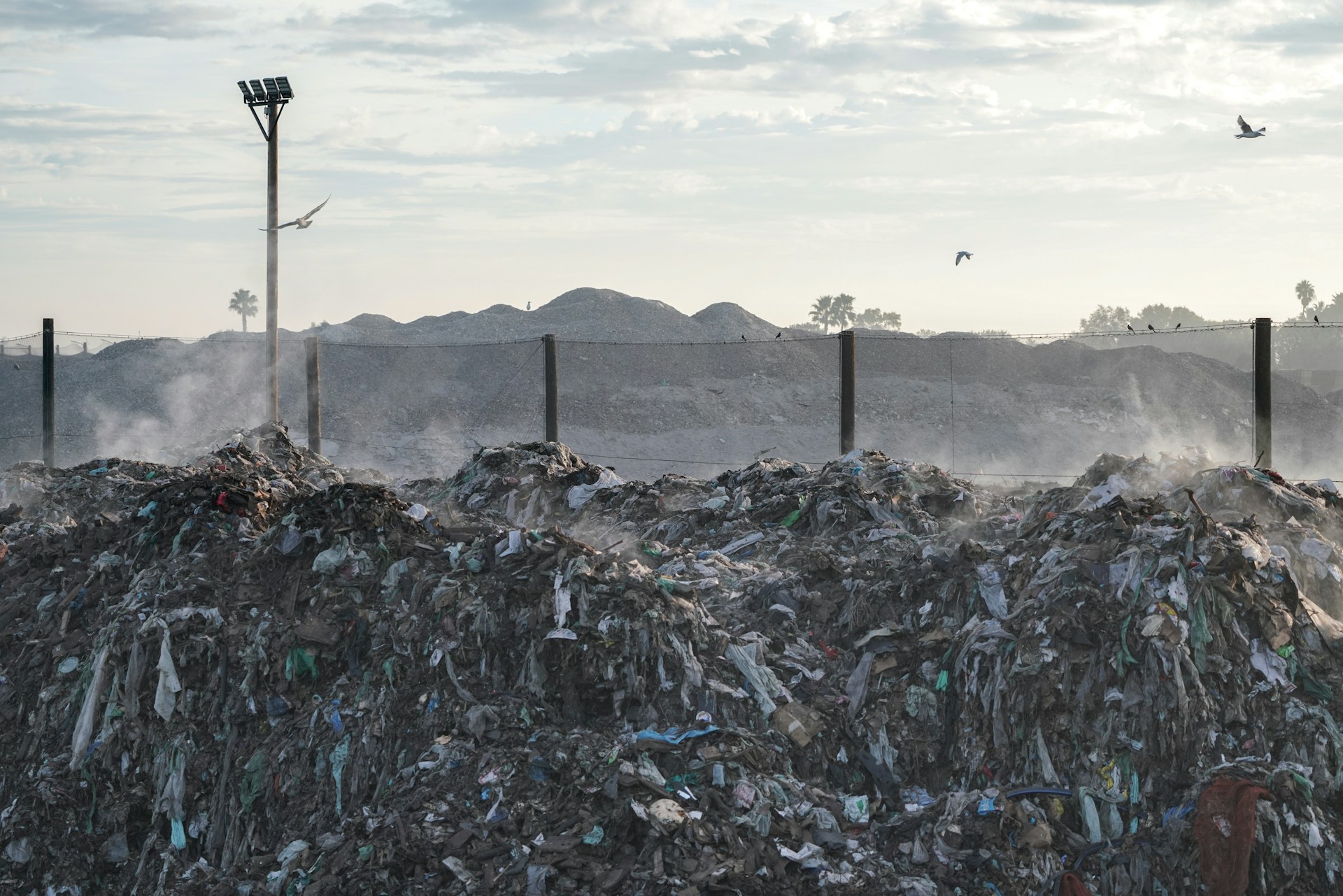News OnTheWight always welcomes a Letter to the Editor to share with our readers – unsurprisingly they don’t always reflect the views of this publication. If you have something you’d like to share, get in touch and of course, your considered comments are welcome below.
This from Angela Hewitt. Ed
This is in response to the two anonymous letters that were published in response to my last Letter to the Editor.
But first… To be clear – The IPCC (Intergovernmental Panel on Climate Change) wasn’t formed to debunk climate change. It was recognised by the United Nations Environment Programme (UNEP) and the World Meteorological Programme (WMP) that the climate was changing in an unprecedented way.
They created the IPCC in 1988 to provide policy makers with regular assessments on climate change, its implications, and potential future risks. Later in 1988 the UN endorsed the IPCC and they recorded that our activities could change the climate and lead to severe economic and social consequences. The IPCC appoint a range of specialist science experts to report to the committee every seven years. Its first report was published in 1990.
35 years on a lot has changed for the worse – except for the naysayers.
What is Methane gas?
Methane gas is made from decomposing, rotting organic matter, both now and millions of years ago.
Due to its structure, methane traps more heat in the atmosphere per molecule than carbon dioxide (CO2). But how did this happen?
In simple layman’s terms….
Sources of methane
The natural decomposition of organic matter happens mostly at the bottom the sea and in wetlands. Wetlands cover around 6% of the planet and are the largest natural source of methane, releasing roughly 20 – 30% of atmospheric methane.
Another natural source of methane is, surprisingly, termites. Globally, it is estimated that termites are responsible for about 1-3% of all methane emissions.
The second largest natural emitter of methane is the sea. This methane is a product of organic matter degraded by microbes deep into the marine sediment.
Its impact
Temperatures rise as part of the planet’s various natural cycles. i.e an active sun. This causes the sea and wetland methane to seep into the atmosphere as it has done for millions of years.
However, since the Industrial revolution the planets temperature due to CO2 emissions has increased dramatically. This sudden increase in heating-up has caused significantly more methane to be released into the atmosphere.
A conveyor belt of increased emissions
Atmospheric Methane has increased 160% since pre-industrial levels in the mid 18th century
It takes 10 -12 years for methane in the troposphere to dissipate. It takes thousands of years for CO2 to disappear from the stratosphere. This conveyor belt of increased emissions is constantly replaced.
The concentration of methane in the atmosphere has more than doubled over the past 200 years. Scientists estimate that this increase is responsible for 20 to 30% of climate warming driven by the CO2 emitting Industrial Revolution (which began in 1750).
The human impact on emissions
It is estimated that most, (60% of methane emissions), are due to a variety of anthropogenic (human influenced) activities, making us the largest cause of methane emissions and contributing to 25% of annual global warming.
These non-natural activities include landfill, oil and natural gas systems, agricultural activities, coal mining, stationary and mobile combustion, wastewater treatment and certain industrial processes.
Agriculture
Agricultural methane not only comes from animals. Paddy rice cultivation is significant in creating methane emissions.
The methane is caused by flooded paddy fields which prevent oxygen from penetrating the soil, creating ideal conditions for methane-emitting bacteria – this accounts for another 8 per cent of human-linked emissions.
Cows
Cows being a ruminant produce far more methane than humans in their bodies (yes humans do produce methane in their bodies).
Cows are responsible for roughly 2% of climate change. Sheep, goats, and horses also produce methane.
Humans
By comparison, omnivore humans produce a paltry 1 L of flatus per day, 7% of which is methane, and humans don’t burp methane.
However, vegetarians and vegans produce flatus seven times more per day than omnivore humans, still a lot less than cows.
Fossil fuels
Methane escapes from the ground during the extraction of gas, oil, and coal.
Natural gas is composed of 70-90% methane, a potent greenhouse gas, released when it is extracted and is a major contributor to global warming.
Decomposition of landfill waste
Landfills generate methane as organic and food waste decomposes. If our planet was much cooler (Pe-industrial times) this would be less of an issue. However, it’s much hotter, and it got hot a lot quicker, in 200 hundred not thousands of years.
Slightly good news, but not enough to make a huge difference, rather than landfill methane getting released as emissions, that methane can be captured and used to produce electricity – but is it?
The CO2 Driver
The majority of nature’s methane contribution comes from wetlands and the sea as they heat up. This is all due to human driven global warming caused by the emission’s Driver, CO2
Thanks to us, methane is one of the biggest contributors to global warming, second only to CO2. The IPCC suggests that this gas is responsible for between 30 % and 50 % of the temperature increase.
Cutting methane emissions by 45 per cent by 2030 could help us meet the Paris Agreement’s goal of limiting global warming to 1.5°C.
Better still 1°C.





